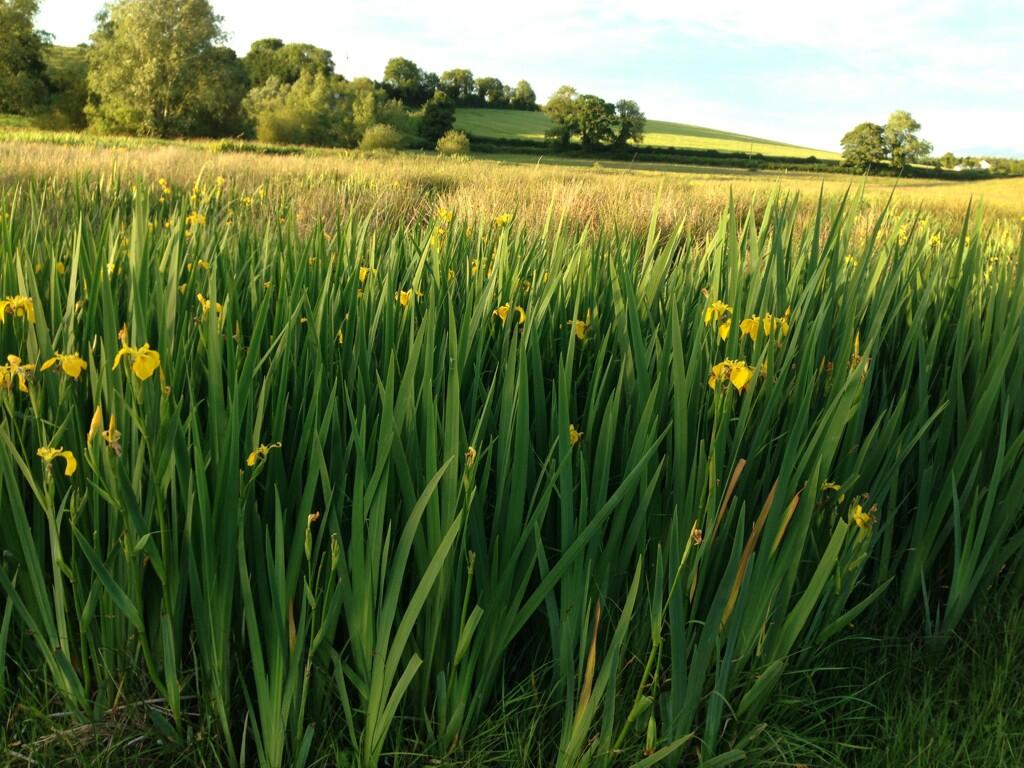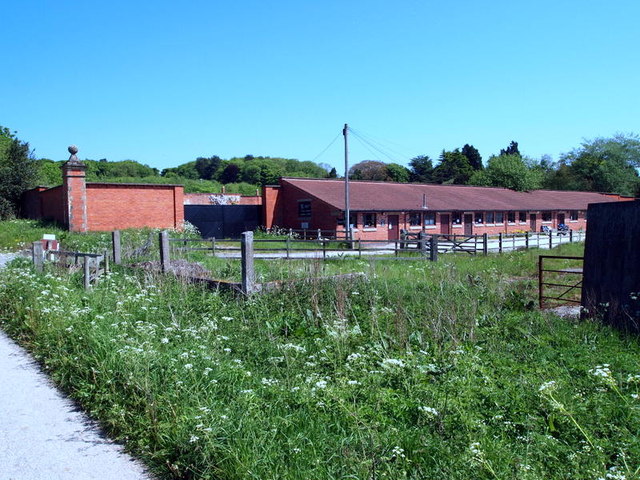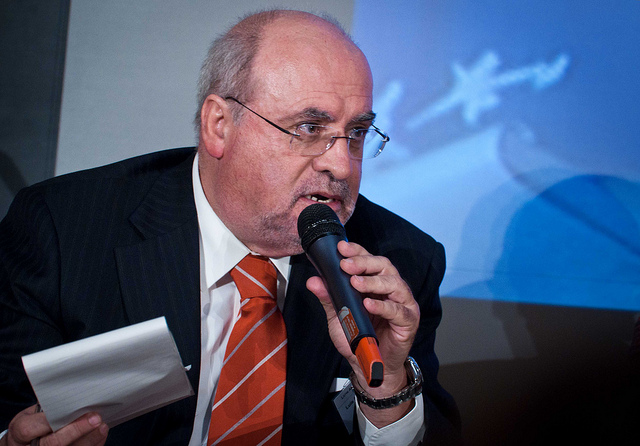Last week Dacian Ciolos welcomed the launch of the UN’s International Year of Family Farming 2014 and on Friday this week the Commission is holding a conference in Brussels on “Family farming: A dialogue towards more sustainable and resilient farming in Europe and in the world”.
The Commissioner emphasised that over 95% of farm holdings in the EU are family farms, and that “family farms are the foundations on which Europe’s Common agricultural policy was built. They continue to stay at the heart of European agriculture as robust generators of competitiveness, growth and jobs, of dynamic and sustainable rural economies.”
Others take a different view of structural developments in EU farming.… Read the rest







